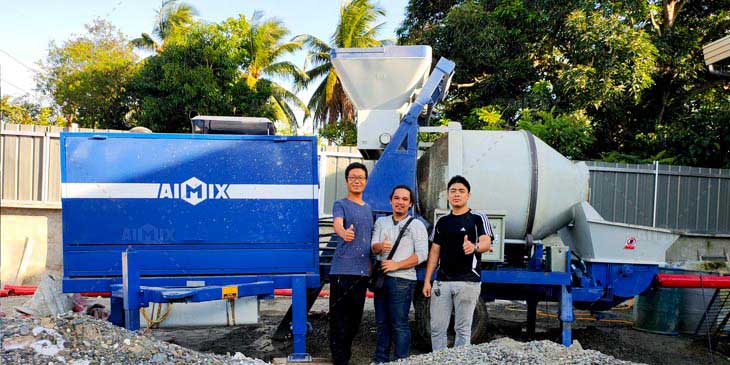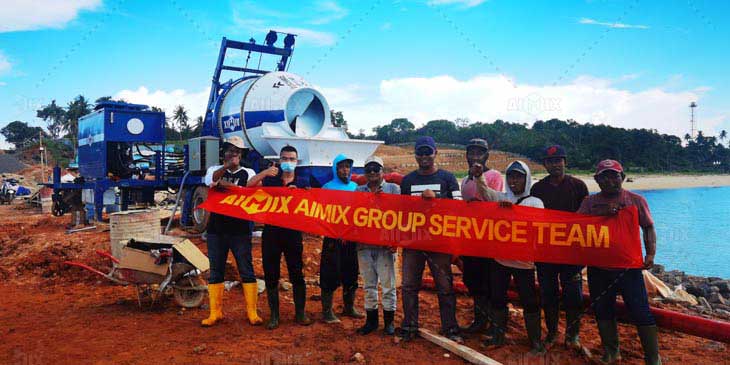Pumping concrete over long distances with a concrete mix pump is a practice employed in various construction scenarios. However, this method is not without its limitations and challenges. In this article, we delve into the complexities associated with pumping concrete over extended distances and the factors that can impact the efficiency of the process.
The Hydraulic Hurdle: Pressure Loss in Long-distance Concrete Pumping
Concrete mix pumps operate on hydraulic systems, and when pumping over substantial distances, hydraulic pressure becomes a critical factor. Understanding the pressure loss that occurs during the journey from the concrete mix pump to the point of placement is essential for assessing the feasibility of long-distance concrete pumping.

Factors Influencing Pressure Loss:
- Pipeline friction and resistance.
- Concrete mix characteristics affecting flow resistance.
- Elevation changes impacting pump pressure requirements.
Addressing hydraulic challenges involves meticulous planning, appropriate pump selection, and regular monitoring to mitigate pressure loss and ensure efficient concrete flow.
Material Matters: Concrete Mix Composition and Its Role in Long-distance Pumping
The composition of the concrete mix plays a pivotal role in determining how well it can be pumped over extended distances. Different mixes exhibit varying flow characteristics, and certain concrete compositions may pose challenges that need to be carefully managed during the pumping process. Learn the pumping process on this page: https://concretemixerwithpump.com/cement-mixer-pump/.

Challenges Associated with Concrete Mix Composition:
- Highly viscous or stiff mixes causing increased resistance.
- Aggregate sizes impacting pumpability and flow consistency.
- Admixtures affecting the rheology of the mix during pumping.
Optimizing concrete mix design for pumpability is crucial, and collaboration between concrete producers and pumping teams is essential to overcome challenges associated with specific mix compositions.
Logistical Complexities: Site Access and Setup for Long-distance Concrete Pumping
Pumping concrete over long distances requires careful consideration of logistical aspects related to site access and setup. Navigating the challenges associated with transporting the pump to the site, setting up the pipeline, and ensuring a continuous and efficient flow are crucial for the success of the operation.
Logistical Challenges to Anticipate:
- Transportation constraints for large concrete mixer pump for sale.
- The need for a well-designed pipeline layout to minimize bends and obstructions.
- Ensuring a continuous concrete supply to prevent pump blockages.
Addressing logistical complexities involves meticulous planning, coordination among project stakeholders, and adherence to safety protocols to ensure a seamless and safe long-distance concrete pumping operation.
In conclusion, while concrete mix pumps offer efficiency and versatility, pumping over long distances introduces a set of limitations and challenges. Hydraulic pressure, concrete mix composition, and logistical complexities are critical aspects that demand careful consideration and proactive measures. By understanding and addressing these small concrete mixer and pump challenges, construction teams can optimize long-distance concrete pumping processes for successful and efficient project execution.